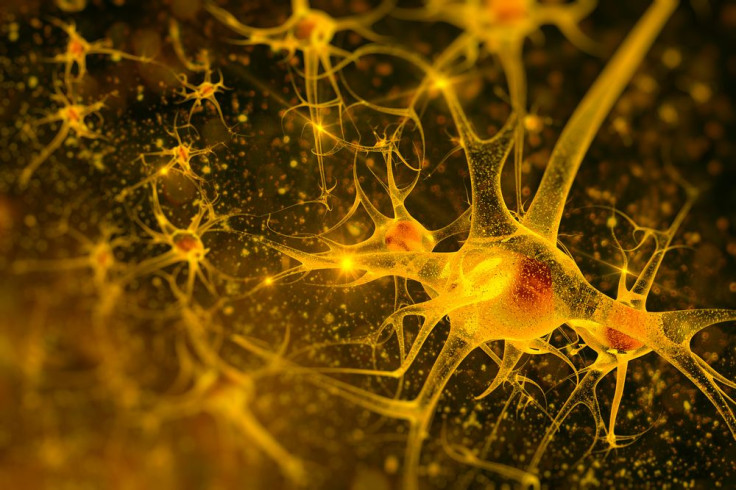What Causes Schizophrenia? Scientists Find Clues In 3 Different Forms Of Neuronal Activity

People with schizophrenia lose their ability to interpret reality in a normal way. Often, they suffer delusions, hallucinations, chaotic thinking, and disturbed behavior. To explain the cause of this severe psychiatric disorder, a new Duke University study reconciles three seemingly unrelated theories based on brain irregularities.
While schizophrenia clearly runs in families, the genetics are somewhat mysterious. Past studies have implicated not one but hundreds of gene mutations that may (or may not) contribute to someone’s risk of developing this illness. Among the many suspect genes, Dr. Scott Soderling, an associate professor of cell biology and neurobiology at Duke, decided to investigate just one: Arp2/3, which regulates the formation of synapses — the communication links between neurons (brain cells). Importantly, Arp2/3 is associated with a few psychiatric disorders.
So how did Soderling and his co-researchers study the effects of this gene? They deleted it to see what would happen.
Mouse Model Created to Investigate Cause of Illness
After removing Arp2/3 from the neurons in a group of mice, Soderling and his colleagues watched how these rodents behaved. The behavior of the mice looked similar to that of schizophrenics; plus, the mice seemed to grow worse over time (just like a person with this mental disorder).
Supposing this to be an accurate mouse model of schizophrenia, the team of scientists explored three separate theories meant to explain the cause of this disease.
The spine pruning theory is based on the fact that researchers have observed fewer dendritic spines — the root-like tentacles on the ends of neurons that receive synaptic signals from other cells — in the frontal brain regions of schizophrenics. In the mice lacking Arp2/3, the science team confirmed fewer dendritic spines. Plus, as the mice grew older, they lost even more.
Next, the team examined a second theory. This one attributes schizophrenia's cause to hyperactive neurons in the front of the brain, specifically the region involved in decision-making. Again, the researchers found the mice lacking Arp2/3 displayed this feature.
This time, though, the research team felt puzzled. Shouldn’t fewer dendritic spines, which would interfere with communication between cells, mean less activity, not more? Investigating, the team discovered the neurons in these mice had been rewired to bypass the dendritic spine and this is what caused over-activity.
Finally, the team explored the dopamine hypothesis, which says the elevated levels of dopamine, a brain chemical, in schizophrenics might be a root cause of the condition. (Antipsychotic drugs are helpful to people with schizophrenia because they block dopamine in the brain and so alleviate motor agitation, a symptom of the illness.)
The mice lacking Arp2/3 showed motor difficulties similar to people with schizophrenia and when treated with an antipsychotic drug this symptom was reduced. This suggests the mice, like schizophrenics, have too much dopamine in their brains. However, the researchers wanted to verify this. Tracing the connections made by the overexcited neurons, the science team observed how the hyperactive neurons stimulated the cells responsible for generating dopamine in the mice brains.
Overall, the combined results reveal how three separate pathologies, at the tiniest molecular level, can converge and fuel a psychiatric disorder.
“When [we] finally realized that these three outwardly unrelated phenotypes (spine pruning, hyperactive neurons, and excessive dopamine) were actually functionally interrelated with each other, that was really surprising and also very exciting for us,” Soderling stated in a press release. He and his colleagues hope their research will contribute to the development of new treatments for the condition.
Source: Kim IH, Rossi MA, Arval DK, et al. Spine pruning drives antipsychotic-sensitive locomotion via circuit control of striatal dopamine. Nature Neuroscience. 2015.



























